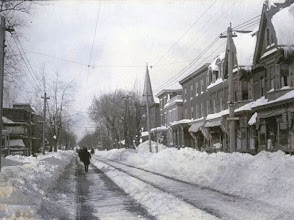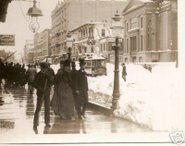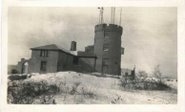Winter '13 / '14 - Northern Hemisphere Annular Oscillations as Leading Indicators
UPDATE (04-DEC-14)
Winter/s '13 / '14 AO: 0.183
Chi-square analysis of the monthly indexes for the Northern Hemisphere Annular Oscillations (Arctic Oscillation (AO) and North Atlantic Oscillation (NAO)) suggest there's predictive value in the sign of their November values.
The contingency tables below show the number of events over the period of record (1950 - 2013) where the sign of November's AO or NAO index matched the sign of the three-month winter (D-J-F) average.
'True -' ==> NOV and Winter negative
'False -' ==> NOV negative and Winter positive
'False +' ==> NOV positive and Winter negative
'True +' ==> NOV positive and Winter positive
The p-value represents the '95% confidence' threshold whether the two data sets are statistically independent. If p-value is < 0.050, then the null hypothesis (the two data sets are independent) is rejected.
Both AO and NAO have p-values < 0.05; therefore, there's a relationship between the sign of their November index and the sign of their winter's average index.
When the AO's (NAO's) November index is negative, there is a 76% (56%) chance the winter's average index will also be negative.
It's important to note the relatively high 'false alarm' probability.
When November's AO (NAO) is negative, there's a 52% (30%) chance for a false alarm.
Charts show how the sign of November's AO (NAO) maps to the winter's average AO (NAO).
---
The AO's (NAO's) current 30-day moving average is 2.119 (0.455) with Iittle chance of flipping to negative by month's end. This suggests a 48% (70%) chance the average AO (NAO) index this winter will also be positive. The AO's false alarm probability is 24% (44%).
Add a westerly QBO into the mix and there are strong indicators this winter's Northern Hemisphere Annular Oscillations will average positive.

























No comments:
Post a Comment